Less than a year ago, the term COVID-19 didn’t exist. By the end of July, more than 16 million people worldwide had been diagnosed, and upwards of 650,000 had died—about a quarter of them right here in the U.S. The disease has plunged the nation into a recession and reoriented life as we know it. To cover the entire pandemic in one article is impossible. The impacts are too vast and fluid. Instead, we focus here on bringing to light some of the good being done in the world and how the U’s scientists and researchers are tackling not just the disease but many related issues that accompany the pandemic: concerns like how to rebuild the economy, improving testing and treatment, and what lessons we can learn to not repeat the same mistakes in the future.
We also present a timeline that covers some of the notable events that have occurred in rapid succession since the outbreak. Many things seemed major at the time but were quickly overshadowed by the next noteworthy incident. Remember when the first NBA player diagnosed with COVID-19 was the Utah Jazz’s Rudy Gobert? Or when Tom Hanks tested positive? But what can’t be put into a timeline are the more significant events that many of us have experienced on a more personal level. The sense of dread and unease at seeing empty store shelves. The pain and loneliness of isolating for months at a time. The loss of a job or closing of a business. Or worse, the sickness or loss of a loved one.
For now, there are still more questions than answers. But as the virus overturns so much of our lives, it also seems to bring to light what’s important and what makes life worth living.
Giving Back
The last several months have been trying. Yet even in the toughest times, our community has shown remarkable resilience. Here are just a few snippets of good being done during the COVID-19 pandemic.
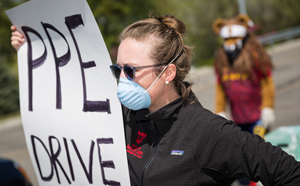
60,000
The Navajo Nation has had one of the highest infection rates in the U.S. Several efforts to help were quickly launched at the U, including medical students who collected 60,000 face masks, 50,000 gloves, and other medical equipment. Another initiative led by Heather Tanana JD’10, an assistant professor of law, collected 19,000 pounds of food and supplies for the Navajo Nation. The fundraisers partnered with other local groups, including the Real Salt Lake Foundation, Angel Flight West, Backcountry Santa, and With Love, From Strangers.
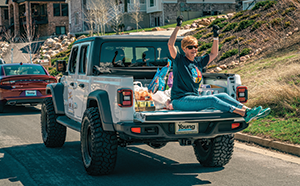
37,000
With people stuck inside, and cars aplenty, alum Winslow Young BA’11 and his colleagues at Young Automotive Group came up with a way to put those vehicles to good use. They led a caravan through northern Utah neighborhoods asking people to fill the trucks and vans with nonperishable items for local food banks. The drive netted more than 37,000 pounds of food.
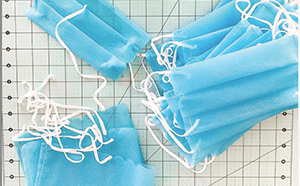
5 MILLION
In the largest volunteer-driven effort in the state since the 2002 Olympics, 50,000 Utahns made 5 million medical-grade masks for health care workers. ProjectProtect was a collaboration between U of U Health, Intermountain Healthcare, and Latter-day Saint charities. And to bring in a little higher-ed competition, the project ended with a Sew Your True Colors campaign asking participants to show their school pride by the color of their thread.
 18,000+
18,000+
For help navigating the economic downturn, more than 18,000 people tuned in to a series of online forums hosted by the David Eccles School of Business. Presenters included former Utah Gov. Mike Leavitt, Sen. Mitt Romney, and other business and community leaders discussing topics ranging from how nonprofit leaders can make difficult decisions to how to manage cash flow in a pandemic.
 $200,000
$200,000
The pandemic hit hard and fast, and it left a lot of people in need. A call went out for emergency aid for students, and the community responded quickly and in a big way, raising more than $200,000 as of July 1. The on-campus Feed U Pantry also went to curbside pickup in March and in just five days helped more than 700 people with the essentials. They received more than 9,000 pounds of donations March through May.
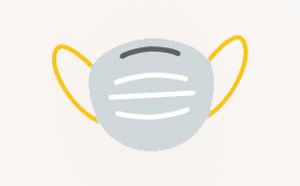 $75,000
$75,000
Senior living centers, refugee organizations, school districts, and other nonprofits have been in dire need of personal protective equipment. The Chinese Utahns’ Alliance Against COVID-19 raised $75,000 to purchase and donate PPE for local nonprofits—including $30,000 worth to U of U Health.
FINDING ANSWERS
As it became clear this pandemic would have far-reaching effects, the U’s Immunology, Inflammation, & Infectious Disease (3i) Initiative, and the office of the VP for research, offered up $1.3 million in internal funding to get projects off the ground, report 3i co-directors Daniel Leung and Ryan O’Connell. So far, COVID-19-related research has brought in $4 million+ in external funding, says Nicole Frank, 3i associate director. “We don’t have all the answers, but we do have the drive to find them,” she says.
How can we better test and treat this novel coronavirus?
Engineer Massood Tabib-Azar is developing technology that transforms a cell phone into a COVID-19 sensor. Neurobiologist Christopher Gregg is using artificial intelligence to track thousands of speech, vocal, and facial patterns to identify people who likely have COVID-19 and related issues, such as anxiety and depression. And one study from the David Eccles School of Business has deployed students to conduct 10,000 swab and antibody tests at households across the Wasatch Front. The U is also partnering on two clinical trials for COVID-19 treatments.
Can we predict the spread of the virus?
Researchers knew a surge of COVID-19 cases was coming to Cache County. How did engineer Jennifer Weidhaas and her colleagues at the U, USU, and BYU predict the swell in cases? By testing sewage waters. Now, 40 treatment plants covering three-fourths of Utah’s population are being tested regularly.
How has the virus altered mental health?
With so much time at home, people’s diets, exercise, and sleep patterns have changed. Family and preventive medicine researcher Kelly Baron MS’03 PhD’07 is looking at how these changes are impacting mental health and COVID-19-related disease prevention. Other studies include one by psychologist Monisha Pasupathi, who is examining how students are adapting to interrupted schooling. In another, biomedical informaticist Michael Conway is digging into social media to see the psychological consequences of social distancing.
How can we improve and expand testing?
The U’s clinical lab, ARUP Laboratories, began preparing for COVID-19 testing in January. It was one of the first labs in the nation to earn FDA approval for both diagnostic and antibody testing for the virus. By mid-June, ARUP had performed more than 250,000 tests nationwide. The diagnostic lab’s experts are key to several studies, including researching the genetics of the virus and determining whether COVID-19 can be detected in saliva.
How has COVID-19 affected domestic violence?
Stay-at-home orders were enacted to stop the spread of coronavirus. But for people who are living with domestic abusers, the already difficult situation became increasingly dangerous. Sharon Talboys PhD’15, with Family and Preventive Medicine, and Sonia Salari with Family and Consumer Studies are examining new needs of victims, how communities can help, and how to be ready for future disasters.
How has COVID-19 impacted air quality?
In the U.S., air travel dropped to 5 percent of normal in early April. And in Utah, road traffic plummeted as much as 50 percent. Stay-at-home orders provided a unique opportunity for atmospheric scientist Logan Mitchell. Data showed a 33 percent drop in CO₂ levels at one Salt Lake Valley monitoring site, and particulate matter dropped 41 percent across the valley.
Why is COVID-19 having an inequitable impact on different communities?
Latinx individuals make up 14 percent of Utah’s population but account for more than 42 percent of the state’s positive COVID-19 tests. Robert Welsh in the Department of Psychiatry is working to better understand how Latinx people receive health information, and how to make it more trustworthy, timely, and accurate.
COVID-19 Timeline

Northern Italy becomes epicenter of outbreak
Jazz player Rudy Gobert tests positive
Actor Tom Hanks is diagnosed
NBA stops season
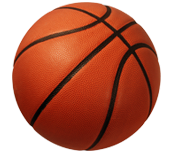
LDS Church suspends services worldwide
Announced that Utah K-12 schools would be closing
Museums close, Fine Arts performances cancelled
Utah Athletics suspends all public activity
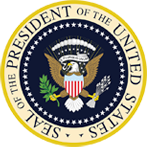
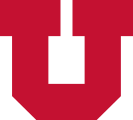
U classes go online
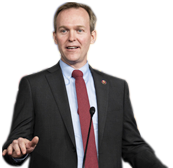
Gov. Gary Herbert asks Utahns to stay home
3/4 of U.S. under stay-at-home guidelines

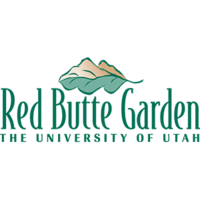
Utah’s COVID-19 death toll is past the 100 mark
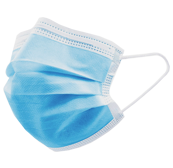

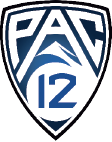

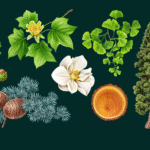
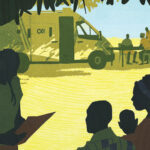
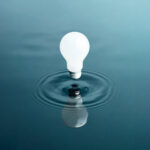
I forgot about some of these things. It feels like forever ago that Rudy was diagnosed. And I totally forgot about Tom Hanks! Cool timeline!